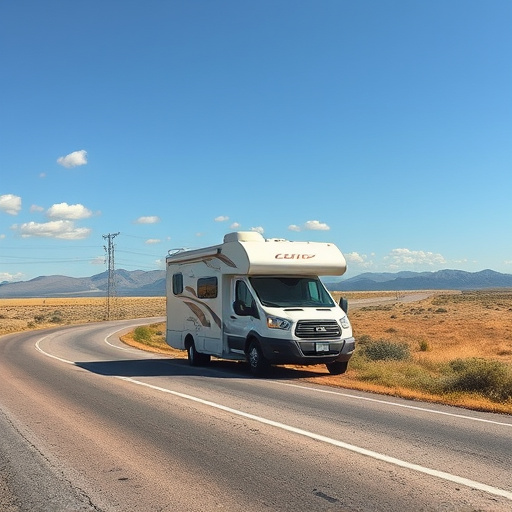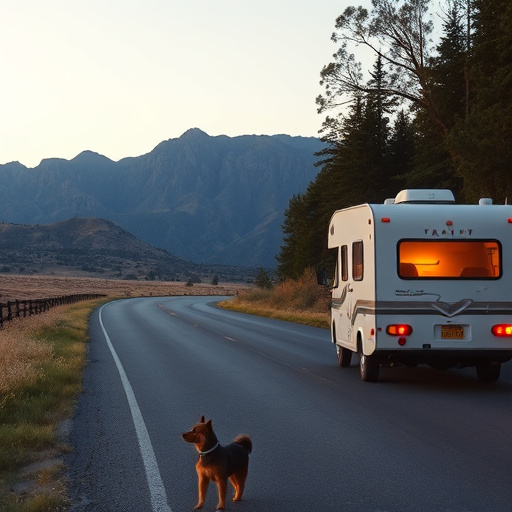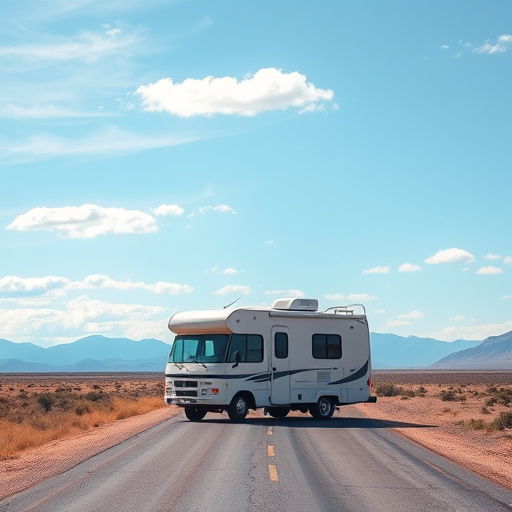"RVing for Beginners" is a comprehensive guide designed to empower newcomers to recreational vehicle (RV) travel with essential knowledge and practical tips. It covers choosing the right RV, packing smartly, understanding basic navigation, and mastering driving techniques. The section also highlights fire safety as paramount, encouraging regular training through simulated fires to ensure swift and effective responses. Ultimately, it aims to foster confidence and enjoyment for first-time RV adventurers.
For RV enthusiasts, fire safety is an essential aspect of RVing for beginners and seasoned travelers alike. This comprehensive guide delves into the critical components of RV fire safety kits, equipping you with the knowledge to handle emergencies effectively. We explore essential tools, from basic fire extinguishers to advanced detection systems, ensuring your peace of mind while exploring the open road. Learn how training and practice can transform potential disasters into manageable situations, making your RVing adventures safer and more enjoyable.
- Understanding Fire Safety in RVs for Beginners
- Essential Components of a Well-Stocked RV Fire Kit
- The Role of Training and Practice in RV Fire Safety Preparedness
- Enhancing Emergency Response with Advanced RV Fire Safety Features
Understanding Fire Safety in RVs for Beginners

Essential Components of a Well-Stocked RV Fire Kit

A well-prepared RV fire safety kit is an indispensable asset for any RVing for Beginners. It should include a range of essential components designed to mitigate risks and ensure prompt response during emergencies. At the core, your kit must have reliable fire extinguishers suitable for kitchen and electrical fires, strategically placed throughout your recreational vehicle. Additionally, consider adding a fire blanket for smothering small fires and a smoke detector to alert you to potential hazards.
No RV fire safety kit is complete without basic tools like a fire escape ladder, especially for larger vehicles, and a whistle for signaling help. Include a first-aid kit with bandages, antiseptics, and pain relievers to handle minor injuries that may occur during an evacuation. Moreover, keep a well-stocked supply of flashlights or LED lanterns with extra batteries, ensuring you have reliable lighting in case of power outages or smoke-filled environments.
The Role of Training and Practice in RV Fire Safety Preparedness

For RV owners, especially those new to RVing for beginners, fire safety shouldn’t be an afterthought. Regular training and practice are essential components of emergency preparedness. Learning how to respond swiftly and effectively during a fire can significantly reduce risks and even save lives. It’s crucial to familiarize yourself with the specific fire safety features of your recreational vehicle, such as smoke detectors, fire extinguishers, and emergency exit routes.
Practice makes perfect when it comes to fire safety drills in an RV. Conducting simulated fires allows occupants to react naturally while minimizing actual danger. These exercises should include evacuation procedures, proper use of fire equipment, and communication strategies among all family members or fellow travelers. By incorporating such training into your routine, you’ll enhance everyone’s awareness and ensure that everyone knows exactly what to do in the event of an emergency.
Enhancing Emergency Response with Advanced RV Fire Safety Features

For RV enthusiasts, especially those new to RVing for beginners, prioritizing fire safety is paramount. By equipping yourself with a well-stocked fire safety kit and understanding essential components, you can transform your vehicle into a secure haven in case of emergencies. Regular training and practice will ensure that everyone aboard knows exactly what to do, enhancing your emergency response capabilities. Additionally, exploring advanced RV fire safety features further improves your preparedness, making each journey safer and more enjoyable.
